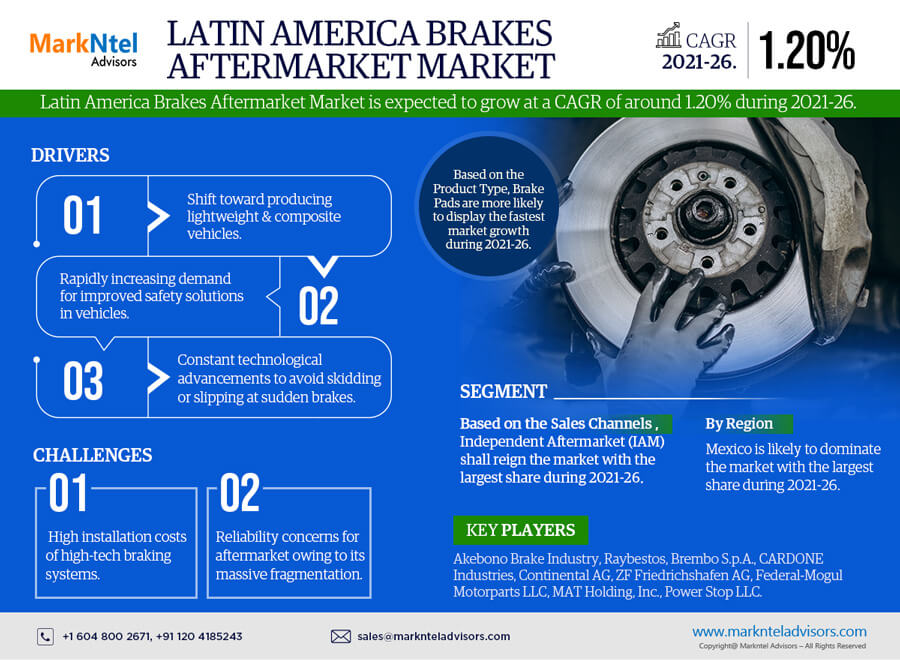Introduction
Overview of Custom Metal Credit Cards
In recent years, custom metal credit cards have become increasingly popular, symbolizing not just a means of financial transaction but also a status symbol and a personalized accessory. These sleek and durable cards stand out from the conventional plastic ones, offering both aesthetic appeal and enhanced security features.
Popularity and Demand
The demand for metal credit cards has surged, driven by consumers seeking unique and premium products that reflect their personal style and prestige. Financial institutions have responded by offering a variety of metal card options, catering to different preferences and needs.
Purpose and Benefits
The primary purpose of custom metal credit cards is to provide a durable, secure, and stylish alternative to traditional plastic cards. They offer numerous benefits, including enhanced durability, improved security features, and the ability to showcase a personal or luxurious brand image.
History of Credit Cards
Early Beginnings
Credit cards have a rich history dating back to the early 20th century when the first card-like financial tools were introduced. Initially, these were simple charge plates and early forms of credit tokens used by department stores and oil companies.
Evolution to Metal Cards
The transition from plastic to metal credit cards began in the early 21st century, driven by a combination of technological advancements and consumer demand for more robust and aesthetically pleasing options. The first widely recognized metal card was introduced by American Express in 1999.
Key Milestones
- 1950s: Introduction of the first universal credit card by Diners Club.
- 1980s: Magnetic stripe technology becomes standard.
- 1990s: Emergence of chip technology for enhanced security.
- 1999: Launch of the first metal credit card by American Express.
- 2010s: Widespread adoption of contactless payment technology.
What are Custom Metal Credit Cards?
Definition and Features
Custom metal credit cards are financial cards made from various types of metal, offering enhanced durability and often featuring unique, personalized designs. These cards typically incorporate advanced security features like EMV chips and contactless payment capabilities.
How They Differ from Traditional Cards
Unlike traditional plastic cards, metal credit cards are heavier, more durable, and often perceived as more prestigious. They also allow for a higher degree of customization, enabling cardholders to personalize their cards with unique designs, engravings, and finishes.
Types of Metals Used
Common metals used in the production of these cards include stainless steel, titanium, and alloys. Each metal offers different properties in terms of weight, durability, and cost, allowing card issuers to offer a range of options to their customers.
Advantages of Custom Metal Credit Cards
Durability
One of the primary advantages of metal credit cards is their durability. Metal cards are less likely to break or wear out compared to plastic ones, ensuring a longer lifespan and sustained functionality.
Aesthetics and Status Symbol
Metal credit cards are often seen as a status symbol due to their sleek and luxurious appearance. They convey a sense of prestige and exclusivity, making them a desirable accessory for many consumers.
Security Features
Metal cards often come with enhanced security features, including EMV chip technology and contactless payment options. These features provide better protection against fraud and unauthorized transactions.
Environmental Benefits
From an environmental perspective, metal cards are more sustainable than plastic ones. They can be recycled more effectively, reducing the overall environmental impact associated with card production and disposal.
Disadvantages of Custom Metal Credit Cards
Cost
One of the main drawbacks of metal credit cards is their cost. These cards typically come with higher annual fees and customization charges compared to plastic cards, making them less accessible to budget-conscious consumers.
Weight and Portability
The additional weight of metal cards can be seen as a disadvantage, especially for those who carry multiple cards. This added heft may make wallets bulkier and less convenient to carry.
Compatibility Issues
Metal cards may not always be compatible with all payment terminals and ATMs. Some older machines may have difficulty reading the thicker and heavier metal cards, leading to potential inconveniences.
How to Get a Custom Metal Credit Card
Issuers Offering Metal Cards
Several financial institutions offer custom metal credit cards, including major players like American Express, Chase, and Capital One. Each issuer has its own set of requirements and benefits associated with their metal card offerings.
Eligibility Requirements
Eligibility for a metal credit card often includes a strong credit history and, in some cases, a high-income threshold. Issuers may also require applicants to have an existing relationship with the bank or meet specific spending criteria.
Application Process
The application process for a metal credit card is similar to that of a standard credit card. Applicants need to fill out an application form, provide necessary documentation, and undergo a credit check. Some issuers also offer online applications for added convenience.
Top Custom Metal Credit Cards in 2024
American Express Platinum Card
The American Express Platinum Card is renowned for its luxurious benefits, including extensive travel rewards, airport lounge access, and premium concierge services. Its sleek metal design adds to its appeal among high-net-worth individuals.
Chase Sapphire Reserve
Chase Sapphire Reserve is another popular metal credit card, offering generous travel rewards, comprehensive travel insurance, and access to exclusive events. Its robust rewards program makes it a favorite among frequent travelers.
Capital One Venture X
Capital One Venture X stands out for its straightforward rewards program and travel benefits. It offers unlimited miles on every purchase and features a durable metal design that appeals to a wide range of consumers.
Design Options for Custom Metal Credit Cards
Standard Designs
Many issuers offer standard metal card designs that feature the bank’s logo and basic card details. These designs are sleek and professional, appealing to those who prefer a minimalist look.
Personalized Designs
For those seeking a more personalized touch, some issuers allow cardholders to customize their metal cards with unique designs, including personal photos, artwork, and custom engravings. This option enables users to express their individuality and style.
Unique Customizations
In addition to personalized designs, some issuers offer unique customizations such as different metal finishes, colored edges, and even embedded gemstones. These exclusive options cater to consumers looking for a truly one-of-a-kind card.
Costs Associated with Custom Metal Credit Cards
Annual Fees
Metal credit cards often come with higher annual fees compared to standard plastic cards. These fees can range from $100 to over $500, depending on the issuer and the benefits associated with the card.
Customization Fees
In addition to annual fees, cardholders may incur customization fees for personalized designs or unique features. These fees vary widely based on the level of customization and the materials used.
Replacement Costs
Replacing a lost or damaged metal card can be more expensive than replacing a plastic card. Some issuers may charge a significant fee for issuing a replacement metal card, reflecting the higher production costs.
Security Features
Chip Technology
Metal credit cards are equipped with EMV chip technology, which provides enhanced security for transactions. The chip generates a unique transaction code for each purchase, making it difficult for fraudsters to replicate.
Contactless Payments
Many metal cards also support contactless payments, allowing users to make secure transactions by simply tapping their card on a compatible payment terminal. This feature offers both convenience and additional security.
Fraud Protection
Issuers of metal credit cards typically offer robust fraud protection measures, including real-time transaction alerts, zero-liability policies, and advanced monitoring systems to detect and prevent fraudulent activities.
Environmental Impact
Sustainability of Metal vs. Plastic
Metal credit cards are generally more sustainable than their plastic counterparts. Metals like stainless steel and titanium can be recycled more efficiently, reducing the environmental footprint of card production and disposal.
Recycling Programs
Some issuers have implemented recycling programs for old metal cards. These programs ensure that the materials are properly recycled and reused, contributing to a more sustainable credit card industry.
Case Studies
Success Stories
Many users of metal credit cards have shared positive experiences, highlighting the durability, security, and prestige associated with these cards. For example, business professionals often prefer metal cards for their sophisticated appearance and reliable performance.
User Testimonials
User testimonials frequently emphasize the enhanced customer service and exclusive benefits that come with metal credit cards. Cardholders appreciate the added value and peace of mind that these premium cards offer.
Expert Insights
Financial Experts’ Opinions
Financial experts often recommend metal credit cards for individuals who value durability, security, and exclusive benefits. They highlight the importance of considering the higher costs and ensuring that the card’s rewards and features align with one’s financial goals.
Future of Metal Credit Cards
Experts predict that the popularity of metal credit cards will continue to grow, driven by consumer demand for premium products and advancements in card technology. Future innovations may include even more personalized options and enhanced security features.
Comparative Analysis
Metal vs. Plastic Credit Cards
When comparing metal and plastic credit cards, metal cards stand out for their durability, aesthetic appeal, and enhanced security features. However, plastic cards remain a practical choice for those seeking lower costs and lighter weight.
Metal vs. Other Alternative Materials
Alternative materials such as carbon fiber and wood are also being explored for credit cards. While these materials offer unique benefits, metal cards currently lead the market in terms of popularity and perceived value.
Future Trends
Innovations in Metal Credit Cards
The future of metal credit cards is likely to see further innovations, including integration with digital wallets, biometric authentication, and more advanced security features. These advancements will enhance the functionality and appeal of metal cards.
Predictions for the Next Decade
Over the next decade, metal credit cards are expected to become even more prevalent, with a broader range of customization options and enhanced technological features. The focus will be on providing consumers with secure, durable, and stylish payment solutions.
Conclusion
Summary of Benefits
Custom metal credit cards offer numerous benefits, including enhanced durability, improved security features, and a prestigious appearance. They are an excellent choice for consumers seeking a premium and personalized payment solution.
Final Thoughts
While metal credit cards come with higher costs and some potential drawbacks, their advantages often outweigh these concerns. As the credit card industry continues to evolve, metal cards are set to play a significant role in shaping the future of financial transactions.
Call to Action
For those interested in exploring the world of custom metal credit cards, now is the perfect time to consider the available options and choose a card that aligns with your financial goals and personal style. Take advantage of the exclusive benefits and make a statement with a custom metal credit card today.



